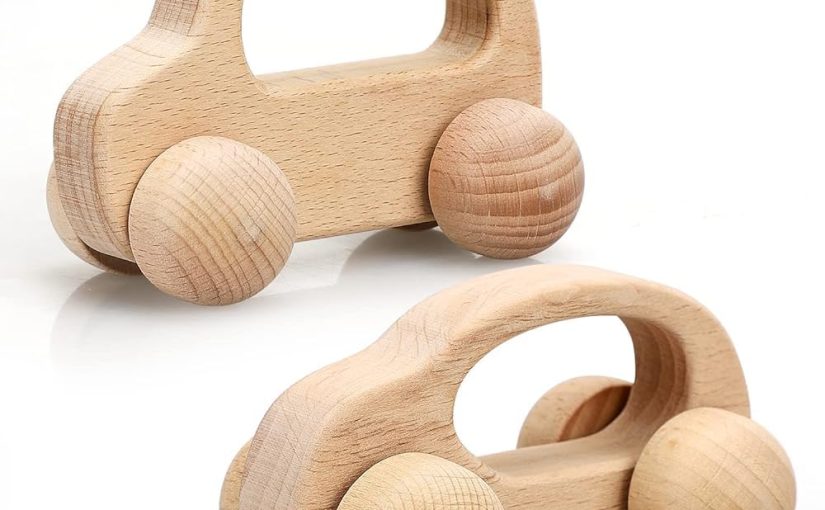Why Choose Wooden Toys for Toddlers?
Wooden toddler toys have been a trusted favorite for generations. Their natural appeal, safety, and educational benefits make them a preferred choice for many parents. Let’s dive into the key reasons why wooden toys are a wonderful option for toddlers.
Safety and Non-Toxic Materials
Wooden toys are often crafted from natural, untreated materials. This makes them free from harmful chemicals. Reputable manufacturers use water-based paints and non-toxic finishes. This ensures that even teething toddlers can play safely. Unlike some plastic toys, wooden ones do not expose children to BPA or other toxins. Safety is a top priority for young children, and wooden toys deliver reliability and peace of mind.
Durability and Longevity
Wooden toddler toys are exceptionally durable. They are built to withstand rough handling and years of use. This makes them ideal for playtime with energetic toddlers. Many wooden toys last long enough to be passed down to siblings or future generations. Their sturdy construction ensures they remain functional and intact. Unlike plastic, which can crack or break easily, wood stands strong against wear and tear.
Eco-Friendly and Sustainable Option
Wooden toys are an environmentally friendly alternative to plastic options. They are made from renewable resources, such as sustainably sourced wood. Many brands focus on ethical production and responsible forestry practices. Additionally, wooden toys are biodegradable, leaving less waste in landfills. Choosing wooden toys contributes to a healthier planet, teaching children the importance of sustainability from a young age.
Wooden toddler toys combine safety, durability, and eco-friendliness. They are a smart, conscious choice for nurturing your little one and the environment.
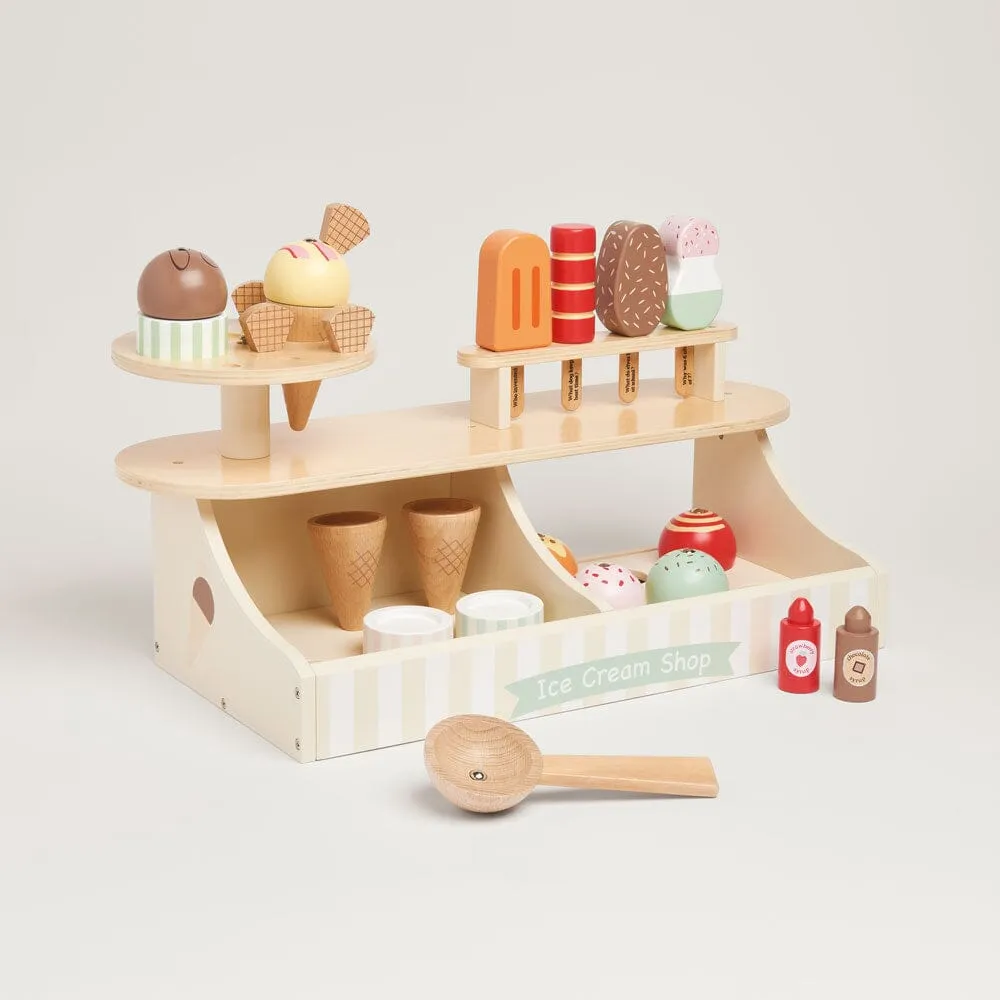
Developmental Benefits of Wooden Toys
Wooden toddler toys aren’t just fun; they support your child’s growth and learning. Designed to spark curiosity and creativity, these toys play a vital role in early development. Below, we explore how they benefit fine motor skills, imaginative play, and cognitive development.
Enhancing Fine Motor Skills
Wooden toys encourage hands-on interaction, which helps improve fine motor skills. Activities like stacking blocks or fitting shapes into a sorter develop hand-eye coordination. Their weight and texture provide a tactile experience, enhancing grip strength and dexterity. Unlike lightweight plastic, wooden toys offer resistance that further strengthens small muscles in hands and fingers.
Encouraging Imaginative Play
Wooden toys often have a simple design, inspiring creative thinking. With fewer pre-determined uses, they allow children to imagine endless possibilities. For example, wooden blocks can transform into castles or trains with a bit of creativity. Role-playing toys, like wooden kitchens or vehicles, spark storytelling and imaginative scenarios, helping kids develop social and emotional skills.
Supporting Cognitive Development
Playing with wooden toys fosters problem-solving and critical thinking. Puzzles and shape sorters challenge toddlers to find solutions, boosting spatial awareness and logic. Building sets improve planning and patience as children experiment with designs. Wooden toys also encourage concentration, as their simplicity minimizes distractions compared to flashy, noisy plastic alternatives.
By integrating wooden toddler toys into playtime, parents can nurture essential developmental skills effectively. These toys offer more than entertainment; they shape well-rounded learners ready for future challenges.
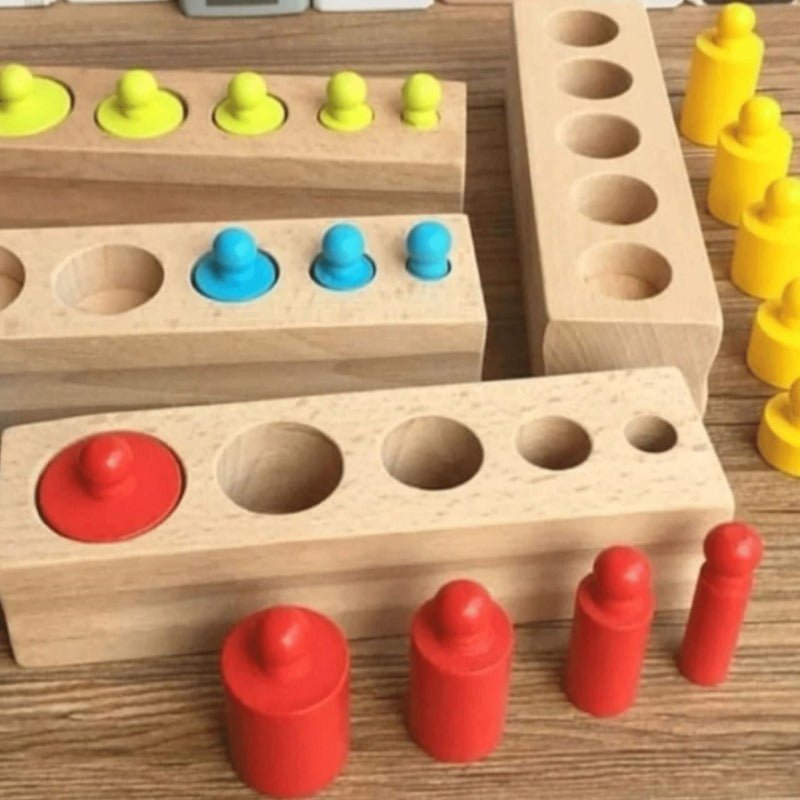
Types of Wooden Toys for Toddlers
Wooden toddler toys come in various types to suit every child’s interest and development needs. Let’s explore the popular categories of wooden toys and their benefits.
Puzzles and Shape Sorters
Wooden puzzles and shape sorters are perfect for cognitive and problem-solving development. These toys help toddlers recognize shapes, colors, and patterns. Shape sorters challenge kids to match blocks to corresponding slots, improving hand-eye coordination. Puzzles encourage logical thinking by requiring children to fit pieces together. Their sturdy design ensures longevity, providing endless learning opportunities.
Blocks and Building Sets
Blocks and building sets are timeless favorites for creative play. Children can use wooden blocks to construct towers, bridges, and imaginative structures. These toys enhance spatial awareness and foundational math skills. Stacking blocks strengthens fine motor skills and grip. Building sets encourage persistence and teamwork when shared with friends or siblings. The natural feel of wooden blocks fosters a tactile and sensory-rich experience.
Wooden Vehicles and Trains
Wooden vehicles and trains delight toddlers with their simple yet engaging designs. These toys help children understand movement and mechanics. Pushing cars and pulling trains promote gross motor skills and coordination. Tracks and sets allow exploration of spatial relationships, aiding problem-solving abilities. Their classic appeal makes them a lasting addition to any toy collection.
Role-Playing and Pretend Play Toys
Role-playing toys immerse toddlers in imaginative scenarios, developing social and emotional skills. Wooden kitchens, dollhouses, and tool sets inspire children to mimic real-life roles. Pretend play enhances creativity, storytelling, and communication. Parents can join in, fostering bonding and collaborative play. These durable toys provide years of enjoyable learning experiences for young minds.
Wooden toys are designed to engage toddlers while supporting their development. From puzzles to pretend play, they offer endless ways to learn and grow.
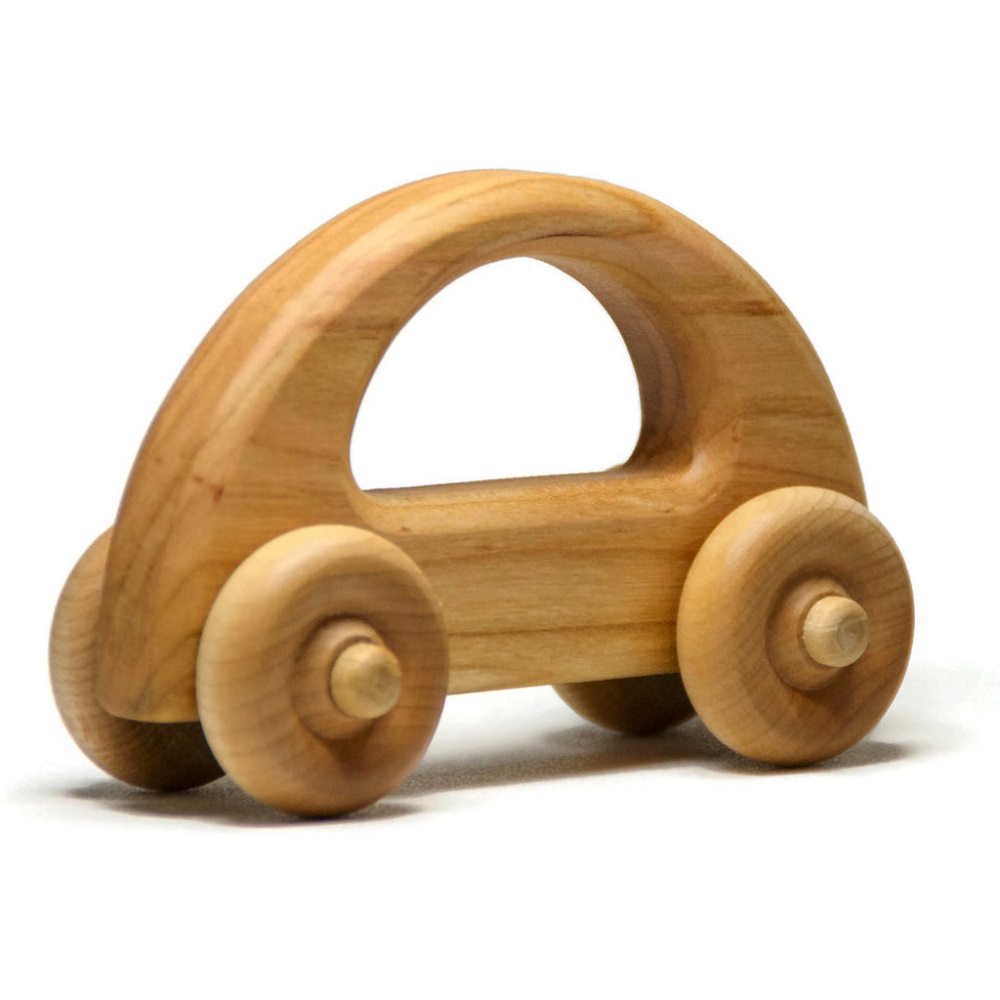
How Wooden Toys Compare to Plastic Alternatives
Wooden toddler toys offer unique advantages when compared to plastic ones. They excel in sustainability, sensory value, and long-term benefits. Let’s explore these aspects in detail.
Environmental Impact
Wooden toys are far more eco-friendly than plastic alternatives. They are crafted from renewable wood sources, often sourced sustainably. Unlike plastic, which contributes to landfill waste and pollution, wooden toys are biodegradable. Parents choosing wooden toys help reduce plastic waste and support greener practices. Moreover, their production typically involves fewer harmful chemicals, benefiting both the environment and your child.
Sensory Experience
Wooden toys provide a richer sensory experience than plastic ones. The natural texture and warmth of wood are pleasant to the touch. This tactile engagement helps toddlers develop sensory awareness. Wooden toys often have simple designs without electronic distractions, allowing children to focus and explore. Their visual appeal is also soothing, with neutral and natural colors that spark creativity without overstimulation.
Value for Money
Wooden toys offer lasting value due to their durability and longevity. While plastic toys often break or degrade quickly, wooden toys withstand years of play. Many become heirlooms, passed down through generations. This makes them a wise investment for families looking for quality over quantity. Wooden toys also support skill building, justifying their cost with educational benefits. Parents often find their timeless designs more rewarding for developmental purposes.
Choosing wooden toddler toys over plastic alternatives provides environmental benefits, better sensory engagement, and durable value. They are a conscious, practical choice for families aiming to nurture and educate their children.
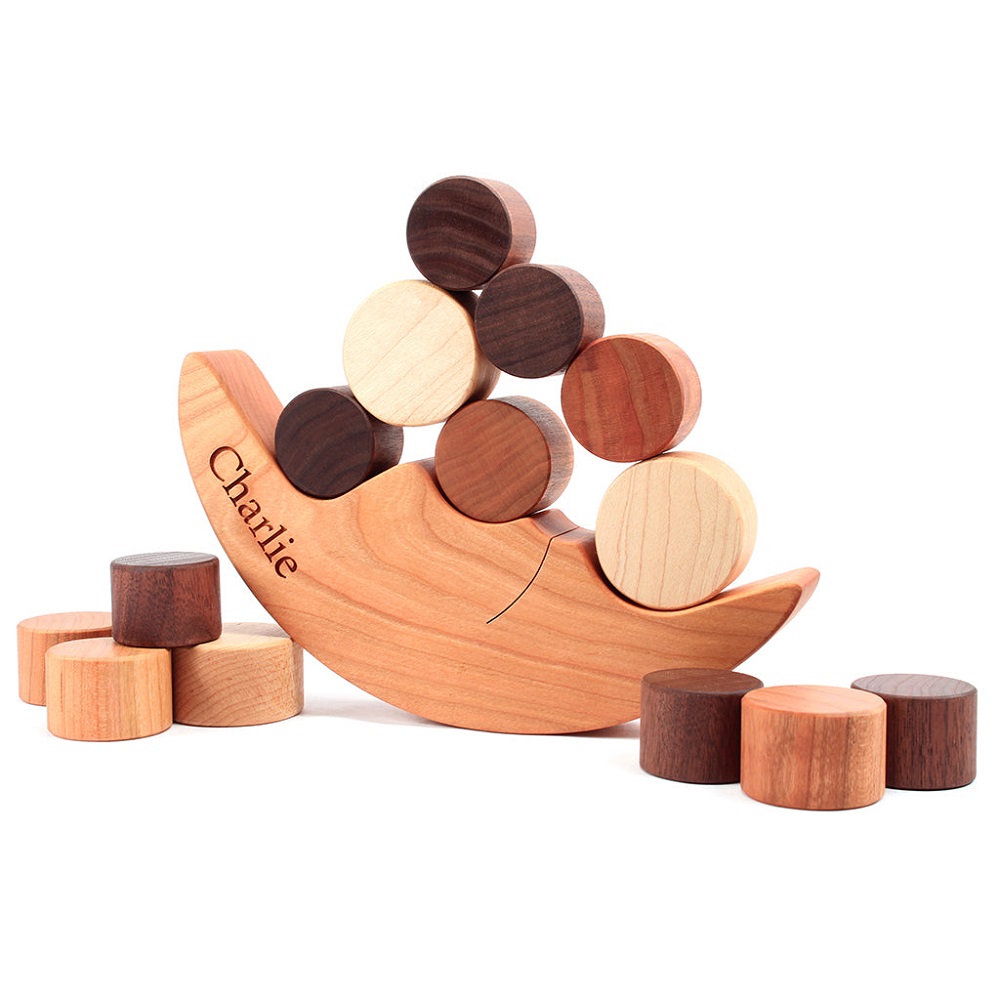
Tips for Choosing the Best Wooden Toys
Selecting wooden toddler toys involves careful consideration. Focus on safety, durability, and ethical production. Below are practical tips for making the best choices.
Age-Appropriate Options
Choose toys suitable for your child’s developmental stage. For infants, select simple rattles and stacking toys. Toddlers may prefer puzzles, building sets, or role-playing toys. Avoid small items that pose choking risks for younger children. Always check recommended age guidelines provided by manufacturers. Age-appropriate toys help ensure safe and engaging play.
Checking for Quality and Safety Standards
Quality and safety should be your top priority. Look for toys made from solid, non-toxic wood. Ensure finishes use water-based paints or natural oils. Avoid toys with sharp edges or splinters. Check for certifications like ASTM or EN71 for safety compliance. High-quality wooden toys provide safe playtime and lasting durability.
Supporting Ethical and Local Manufacturers
Consider brands that prioritize ethical and sustainable practices. Many use responsibly sourced wood and fair labor. Support local manufacturers to reduce environmental impact. Opt for handmade wooden toys when possible, as they demonstrate craftsmanship and uniqueness. Ethical choices benefit both communities and the planet.
Choosing wooden toddler toys thoughtfully ensures safety, developmental benefits, and sustainability. These tips guide you toward making informed, responsible decisions.
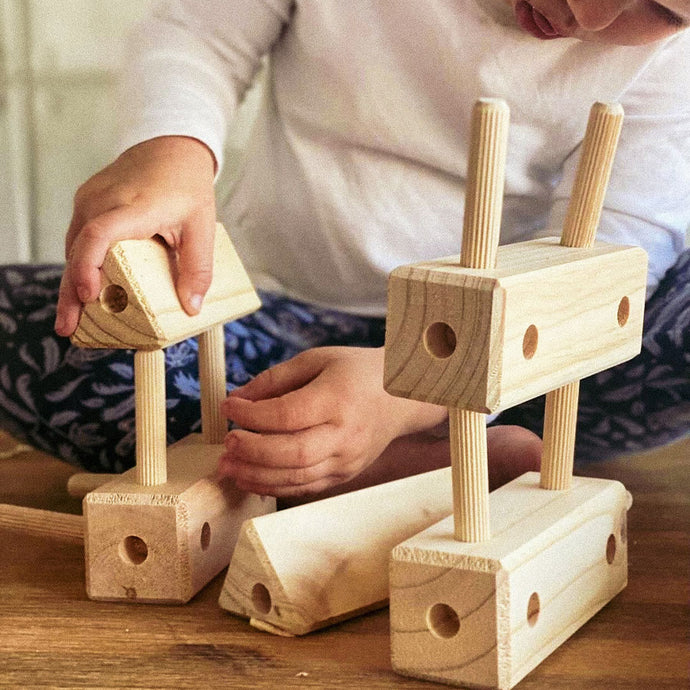
Caring for Wooden Toys
Wooden toddler toys are durable, but they require proper care to stay in great condition. Regular upkeep ensures they remain safe, clean, and enjoyable for many years.
Cleaning and Maintenance Guidelines
- Use a Damp Cloth: Wipe wooden toys with a slightly damp cloth to remove dirt. Avoid soaking them.
- Mild Soap Solution: For stubborn grime, use a gentle soap mixed with water. Rinse with a damp cloth.
- Avoid Harsh Chemicals: Do not use bleach or strong cleaning agents that can damage the wood or finish.
- Let Them Dry Completely: After cleaning, air dry toys thoroughly to prevent moisture damage.
- Inspect for Damage: Check regularly for cracks, splinters, or worn edges. Sand gently to smooth out imperfections.
Extending the Life of Wooden Toys
- Store in a Dry Place: Keep toys away from humid areas to prevent warping or mold growth.
- Protect from Direct Sunlight: Avoid prolonged exposure to sunlight, which may fade paint or weaken wood.
- Apply Natural Oils: Use beeswax or food-safe mineral oil periodically to restore wood’s shine and moisture.
- Handle with Care: Teach children to respect toys. Gentle handling reduces the risk of damage.
- Rotate Toys: Alternating use can minimize wear and tear, preserving pieces for longer playtime.
Regular cleaning and mindful storage help maintain wooden toddler toys. Proper care ensures durability and enjoyment for years to come.
Frequently Asked Questions
Are Wooden Toys Safe for All Ages?
Yes, wooden toddler toys are generally safe for children of all ages. However, always verify the recommended age range for each toy. For infants, choose larger toys to avoid choking hazards. Ensure toys are made from non-toxic wood and finished with safe, water-based paints. Smooth edges and splinter-free surfaces are essential. Regularly inspect wooden toys for any damage or wear that could pose risks. By matching toys to your child’s age and development stage, you can ensure safe playtime.
How to Identify High-Quality Wooden Toys?
To identify high-quality wooden toddler toys, look for these key features:
- Solid Wood: Choose toys made from durable and non-toxic materials like hardwood. Avoid composite woods.
- Non-Toxic Finishes: Ensure paints and finishes are water-based or certified as safe for children.
- Smooth Edges: Check for splinter-free surfaces and rounded corners for safety.
- Certifications: Look for safety labels like ASTM or EN71 compliance.
- Reputable Brands: Opt for trusted manufacturers known for ethical and sustainable practices.
- Durability: Test the sturdiness of the toy to ensure it withstands rough use.
Selecting high-quality wooden toys ensures safety, longevity, and value, making them a worthwhile investment for your child.
Promoting Sustainable Play
Eco-Friendly Materials
One of the most compelling reasons to choose wooden toys is their sustainability. Many manufacturers prioritize using eco-friendly materials, such as sustainably harvested hardwoods. By choosing these toys, parents support environmentally responsible practices and contribute to a healthier planet.
In addition, wooden toys are often biodegradable. Unlike plastic toys, which can sit in landfills for decades, wooden toys will break down naturally over time. Such considerations make wooden toys an excellent choice for environmentally conscious consumers.
Lifespan and Heirloom Quality
Wooden toys are known for their durability and longevity. With appropriate care, they can last for generations. This robust construction means that these toys can often be passed down to younger siblings or even family members.
This heirloom quality not only makes wooden toys good investments but also creates lasting memories. Children can bond with the same toys their parents or grandparents played with, fostering a sense of connection to their family history. This emotional aspect adds value beyond mere playtime.
The Value of Wooden Toddler Toys
In conclusion, wooden toddler toys offer numerous benefits that promote healthier, safer, and more enjoyable play experiences. Their durability, safety, and developmental advantages make them a superior choice for today’s parents. With the ability to stimulate creativity, fine motor skills, and problem-solving abilities, these toys play an essential role in early childhood development.
When selecting wooden toys, safety and age appropriateness are key factors to consider. By choosing high-quality, eco-friendly products, parents can provide their children with engaging play experiences while supporting sustainable practices. Additionally, caring for and storing these toys properly ensures they remain in excellent condition for years.
Ultimately, wooden toddler toys can become integral to a child’s life. They provide avenues for exploration, imagination, and creative learning. By embracing the use of wooden toys, parents are not only investing in their child’s growth but also taking steps toward a more sustainable future. The journey of play through wooden toys can create cherished memories and foster lifelong skills. So, choose wisely and watch your little ones thrive in their playful adventures!
